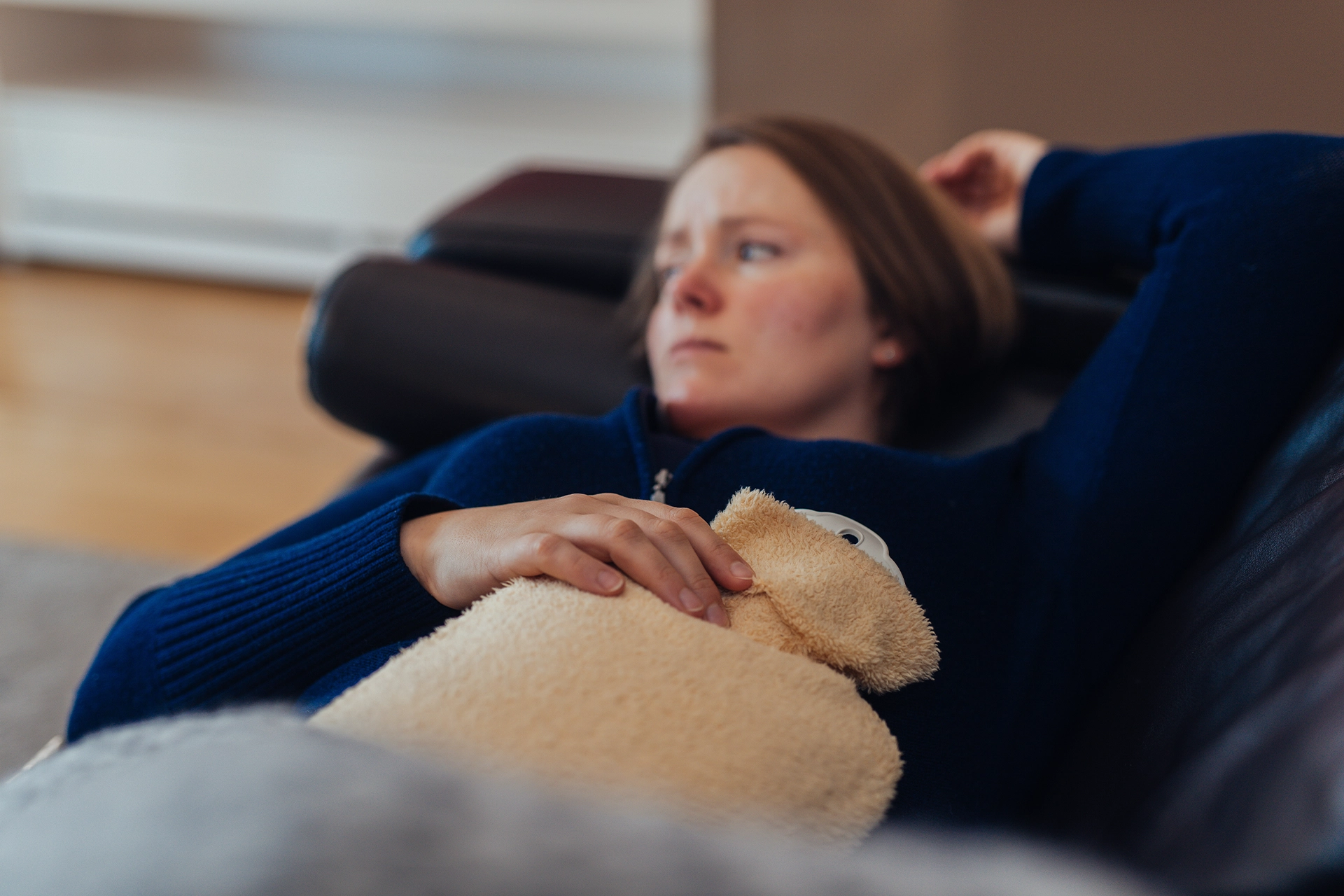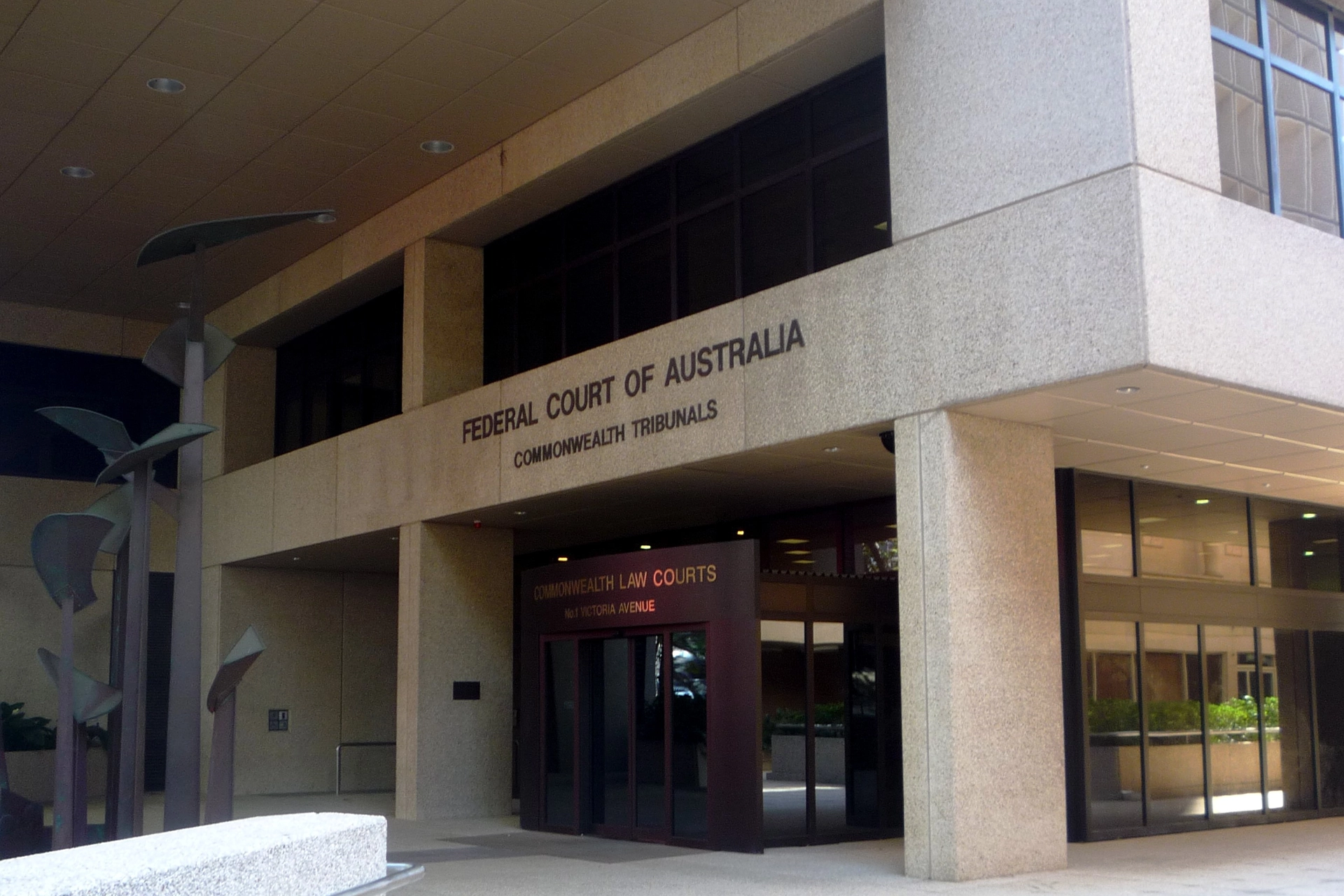
Politics & Society
Australia’s pawnbrokers are too lightly regulated and that’s a problem

The pelvic mesh scandal is an example of the evil of selling unsafe products. The law can and should do something about it
Published 5 July 2024
The Ethicon (a subsidiary of Johnson and Johnson) pelvic mesh lawsuit is a now-notorious example of corporate wrongdoing.
The surgical mesh was implanted in the vagina to repair prolapses, often caused by childbirth. For thousands of women worldwide, the mesh implants caused debilitating complications including chronic pain, bleeding, recurrent infections, painful sex, incontinence and nerve damage.

The Australian pelvic mesh class action found that Ethicon did not conduct adequate research into the safety of the products, continued to sell the product after safety risks emerged, tried to suppress evidence of safety risks and designed its marketing to deceive.
The new book Evil Corporations edited by Penny Crofts, interrogates the idea of whether a corporation can be evil and whether the legal system itself facilitates corporate wrongdoing.
In our chapter of the book, The Corporate Evil of Unsafe Products, we explore the impact of different types of claims on how the law addresses corporate wrongdoing.
Historically in Australia, under common law, people injured by unsafe products would sue under the civil wrong of negligence. A civil wrong means the court finds that the person who sold the unsafe product was at fault, and that they did not meet a reasonable standard of care.

Politics & Society
Australia’s pawnbrokers are too lightly regulated and that’s a problem
Under this approach, the law performed both an economic function, compensating victims, and a declarative function, declaring that the offender's behaviour was wrong and did not meet the standards of society – calling out the bad behaviour, essentially.
Then, in the 1980s, the idea of no-fault product liability emerged overseas, and Australia followed the trend.
Amendments to the Trade Practices Act in 1992 (now under the Competition and Consumer Act) allowed claimants injured by products to win compensation without needing to establish that the manufacturer was at fault.
The well-intentioned aim was to make it easier for victims to win, as it can be difficult to prove fault under a civil wrongs claim. (Victims can still choose whether to claim under civil wrongs or the statutory no-fault liability, or both.)
But there’s a problem with focusing just on the economic function of the law.

If there is no declaration of fault, which labels this behaviour inherently wrong, then the law relies only on financial disincentive to deter corporate wrongdoing.
We question whether the financial disincentive of legal compensation can adequately deter corporations from selling unsafe products – in particular products that are aimed at women.
The Ethicon pelvic mesh case is just one example of an unsafe product that was aimed at women.
A study in the United States found that 32 per cent of product injury class actions were for products that exclusively or primarily affected women, compared to 6.4 per cent for products that primarily affected men.
Johnson and Johnson has also faced lawsuits for marketing its talcum powder to women as a genital area deodorant, which a US court held contributed to ovarian cancer.
We don’t have clear data to conclude why there appears to be a pattern of more unsafe products for women.

Health & Medicine
Who is at fault when medical software gets it wrong?
One issue is the under-representation of women in clinical trials, resulting in less research on the harmful effects of products in women. A second issue comes back to the financial incentives of compensation payouts.
Here lies the problem for women: when a person sues, the amount they win will include compensation for lost income from inability to work due to the injury.
This is based on how much they earn.
We all know about the gender pay gap – on average women have lower incomes than men and face discriminatory barriers to career progression.
Because women earn less income than men on average, the compensation for their lost earnings will be less on average. This potentially means that there is less financial incentive for corporations to avoid being sued for a product that is aimed at a lower income demographic group.

This means it could be seen as good financial management for a corporation to spend less money researching the safety risks of products targeted at women, if the cost of compensating their injuries will be less.
The product safety gender gap makes sense.
The outcome of the pelvic mesh litigation was that Ethicon has had to pay $AU300 million in the Australian pelvic mesh class action.
That is a large sum, but in approving the settlement, the Federal Court described the compensation women would receive, given the harm they’ve suffered, as “at the lowest end of the scale” of what was fair and reasonable.
For a corporation that made a profit of $US12.7 billion in 2023, what is the monetary cost to Johnson and Johnson of this lawsuit?

Business & Economics
Charging dead clients is dishonest. Really? Who knew
Compare this to the cost for the women who can no longer walk without excruciating pain, whose ability to work, care for children and have intimate relationships has been severely harmed for the rest of their lives?
This raises doubts about whether the financial disincentive of compensation is enough to deter corporations from the type of evil that caused the pelvic mesh to be sold in the first place – putting profits above the safety of women.
We need further understanding about the ways in which corporations can be evil and how the law should respond.
More research is needed on product liability litigation, including the use of class actions, to scrutinise how the legal system can best confront the problem of unsafe products and evil corporations.
The Corporate Evil of Unsafe Products by Hui Chia and Jeannie Paterson features in Evil Corporations, edited by Penny Crofts and published by Routledge.